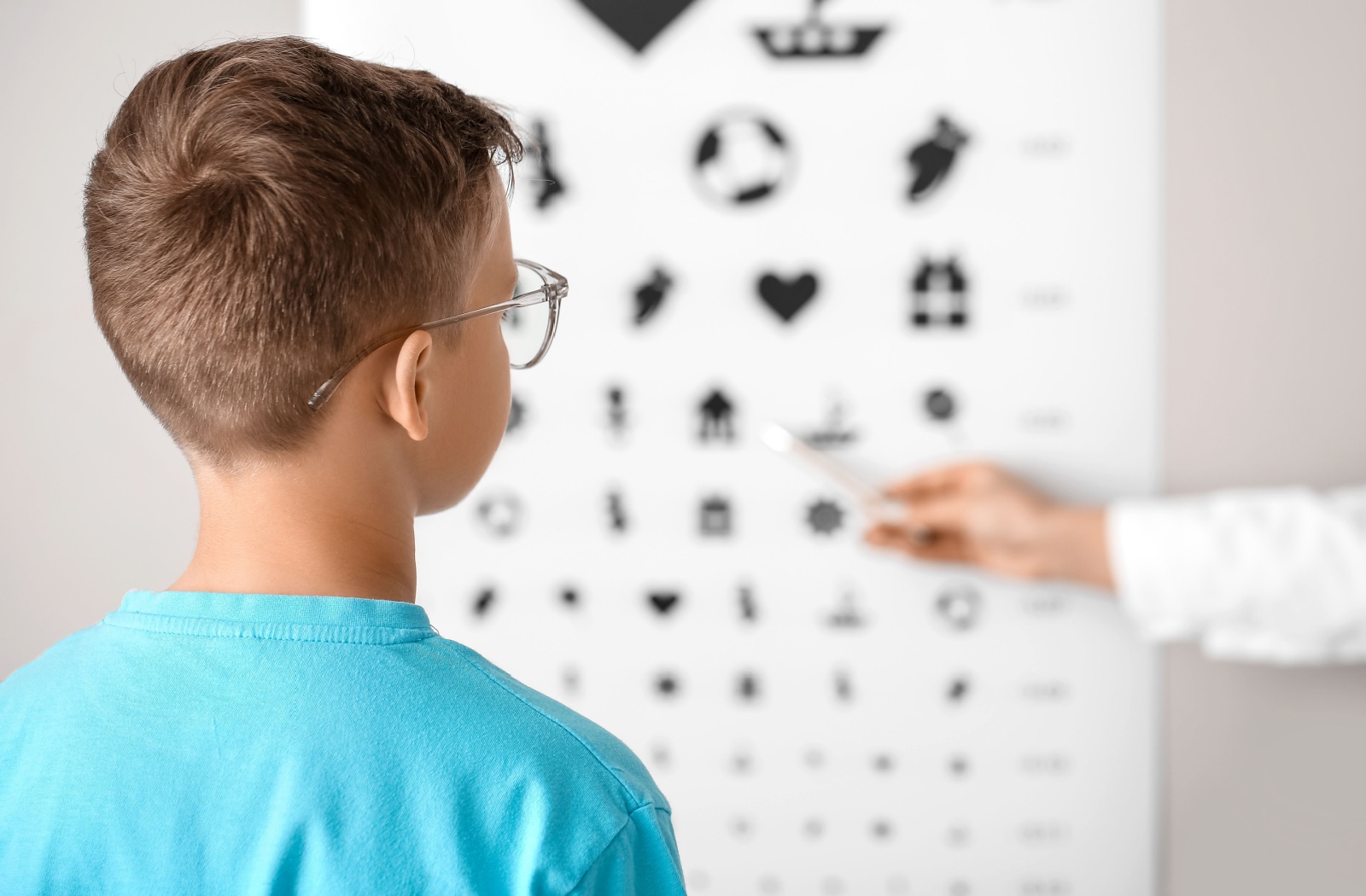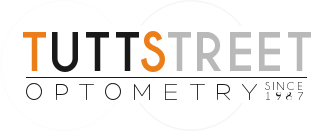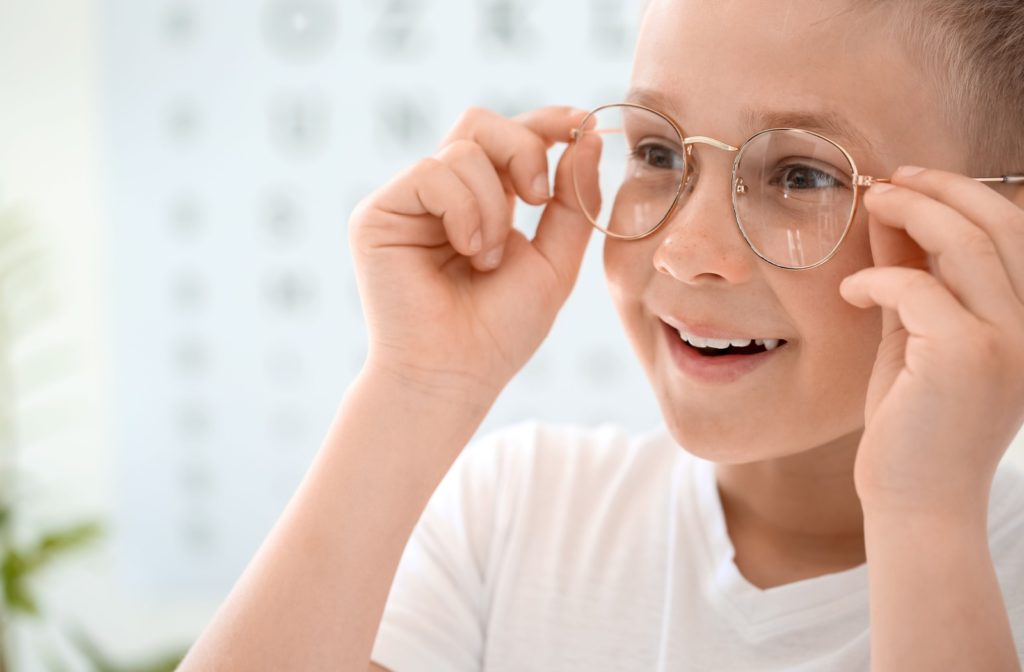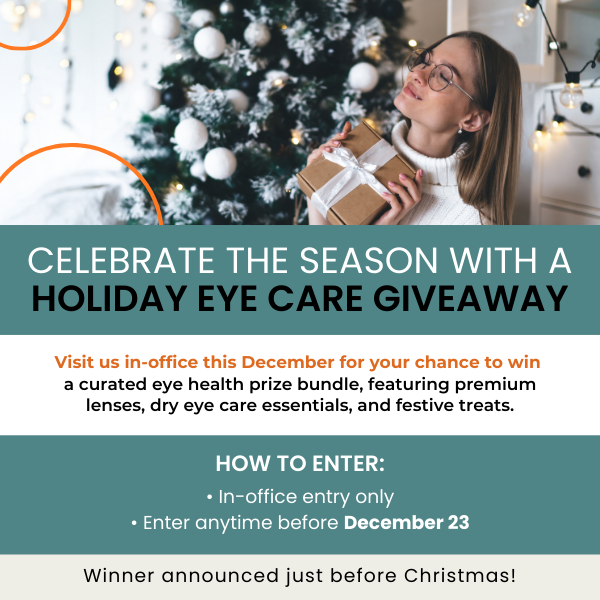Imagine your child struggling to see the chalkboard in class, missing out on the finer details in their favourite book, or squinting at road signs while you drive. These scenarios are becoming increasingly common as myopia, or nearsightedness, continues to rise among children worldwide.
Currently, it’s one of the most prevalent vision issues affecting young people and your optometrist can diagnose it during your kid’s early eye exams. While myopia can’t be reversed, with early intervention we can slow its progression and adults with myopia may correct their vision. You have the power to make a huge difference in your child’s future vision, and it all starts now!
What Is Myopia?
Myopia is a refractive error that causes distant objects to appear blurry while close objects remain clear. In a normal eye, light enters through the cornea, then passes through the lens, focusing onto the retina at the back. The retina, filled with millions of rods and cones, converts this light into electrical signals sent to your brain via the optic nerve, which turns them into images.
Myopia occurs when the eyeball grows too long or the cornea becomes too curved, preventing light from focusing correctly on the retina. In a myopic eye, the light focuses in front of the retina, not on it.
Myopia often starts in kids and can get worse up to around age 20. Severe myopia can do more than just affect vision—it raises the risk of serious issues like:
- Cataracts
- Glaucoma
- Macular degeneration
- Retinal detachment
Is My Child at Risk of Myopia?
Genetics and environmental factors can both contribute to myopia. If 1 or both parents have it, their kids are more likely to develop it too. However, spending too much time on close-up activities like reading and using a computer or simply not spending enough time outdoors appears to also promote myopia.
It can be hard to recognize myopia in your child—and they may struggle to explain what they’re going through. Remember, their vision is the only one they know. They may not realize other people don’t see the world as blurry as they do. This could eventually impact their education, as some vision problems are misdiagnosed as learning difficulties.
Some habits that may indicate your child is struggling with their vision include:
- Frequent squinting or blinking
- Complaints of eye fatigue or discomfort
- Covering one eye while reading
- Holding reading material close to their eyes
- Mentioning the board at school is blurry
- Short attention span
- Difficulty focusing on visual tasks
- Constantly rubbing their eyes
While glasses or contact lenses can correct blurry vision, myopia control can help slow down its progression.

What is Myopia Control?
For many parents, finding out their child has myopia leaves them wondering what the next steps are. But don’t worry; there are effective ways to tackle it! While myopia is progressive and can’t be permanently reversed, there are treatment options that can significantly reduce symptoms and slow its progression.
Sure, glasses and contact lenses offer clear vision, but they won’t slow down myopia on their own. Instead, optometrists are using myopia control treatments designed to slow its progression in kids.
Starting these treatments early, especially in children aged 7–10, can have fantastic outcomes since myopia progresses faster in younger kids. These treatments aren’t a cure, but they help protect your child’s eyes from further damage.
Your optometrist can recommend various methods tailored to your child’s needs. Your child’s vision is unique, so understanding it is the first step to determining what method—or combination of methods—will have a positive effect. Your optometrist can take you through treatment plans that may include low-dose atropine drops, multifocal contact lenses, and specially-designed spectacle lenses.
Treating Myopia In Adults
Myopia typically stabilizes in adulthood, and while reversing the changes myopia causes to your eye isn’t possible, you’re not necessarily stuck with blurry distance vision.
For adults with myopia, glasses or contact lenses are common solutions. Whether you require full-time glasses or just for specific activities like driving, your optometrist can provide the appropriate prescription. If you prefer contact lenses, they can be an excellent option depending on your lifestyle and eye health.
Does Laser Eye Surgery Correct Myopia?
For those considering an alternative to lenses, laser eye surgery is a viable option for many adults with myopia. This procedure involves using a laser to reshape the cornea and correct refractive errors.
While laser eye surgery can be an effective solution, it’s not suitable for everyone. Factors such as the degree of myopia, corneal thickness, and overall eye health must be evaluated. Although laser eye surgery does not always guarantee 20/20 vision, many patients find it significantly improves their vision. A laser eye surgery consultation can help determine if you’re a suitable candidate.
Myopia Can’t Be Reversed, But It Can Be Managed
The rise of myopia among children is a growing concern, but the good news is that we can manage it with early intervention and the right treatment plan.
At Tutt Street Optometry Clinic, we’re dedicated to providing comprehensive eye care for your family. If you’re concerned about your child’s vision or interested in learning more about myopia control, we’re here to help!
Your child’s vision is too important to leave to chance. Book an appointment with us today and let’s work together to manage myopia and keep their world in clear focus.




